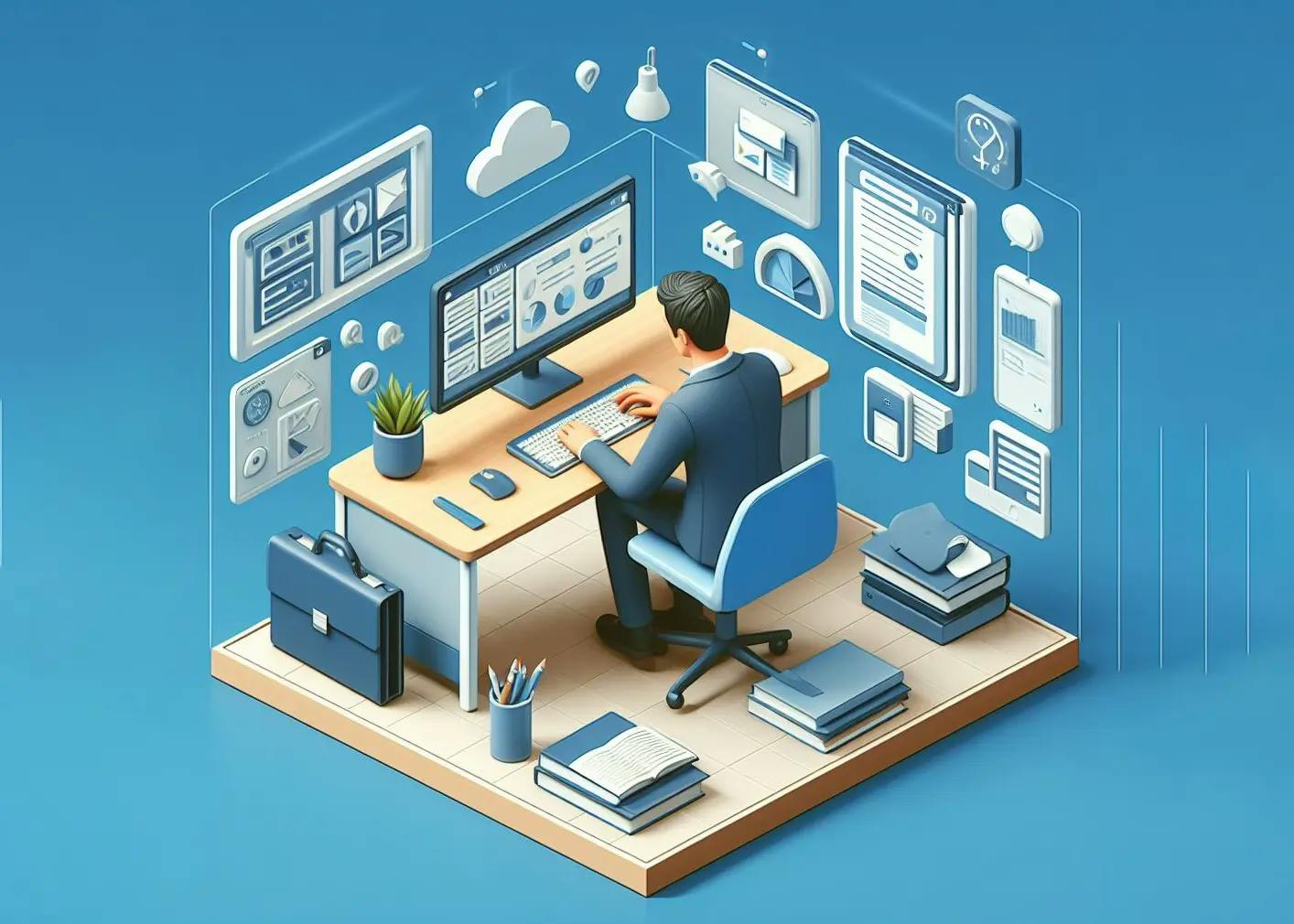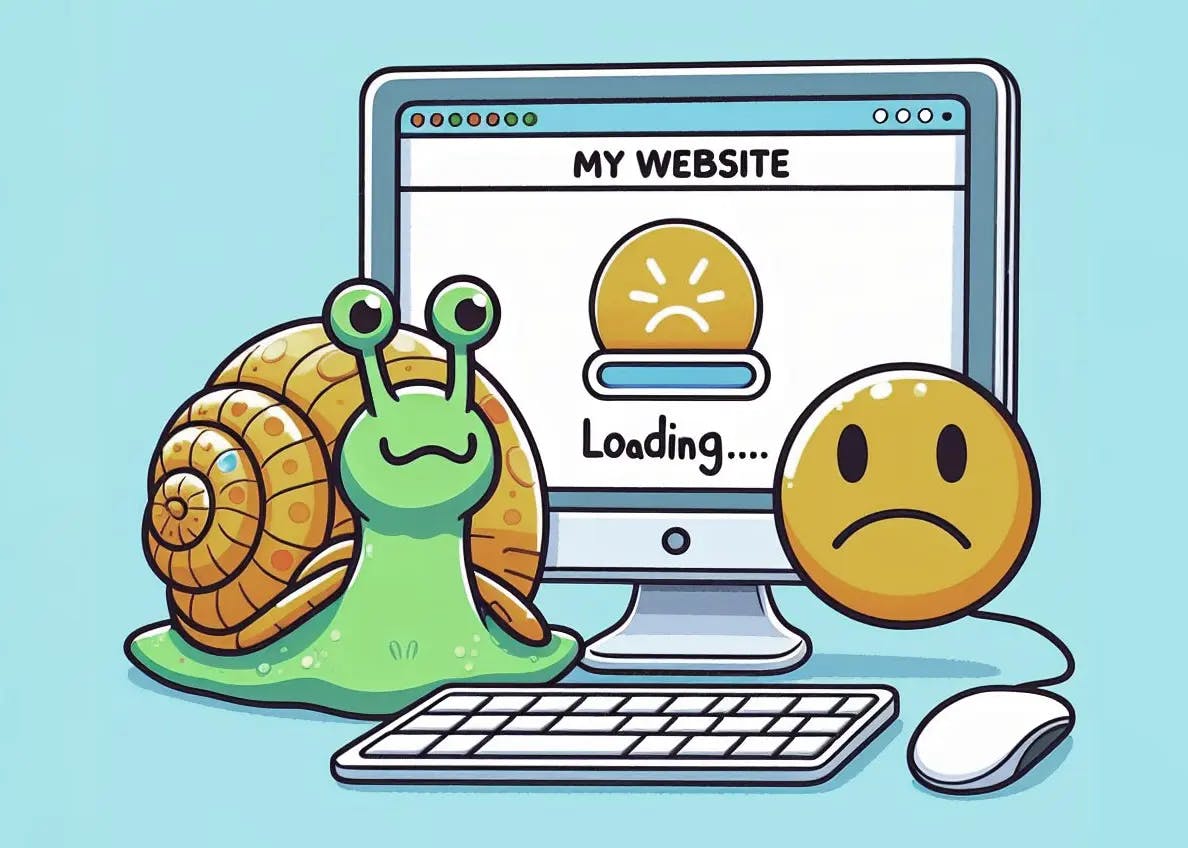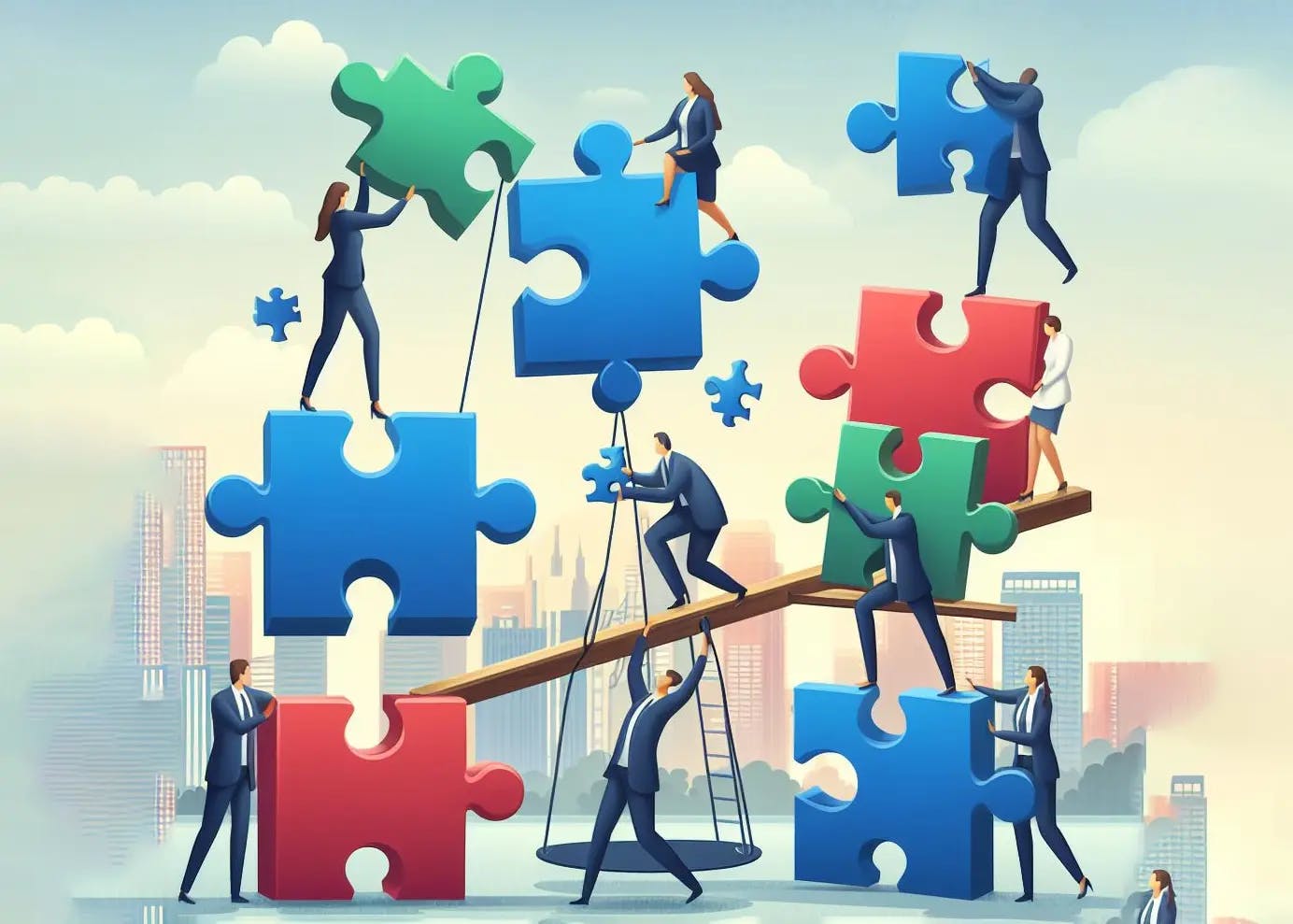Signs of an Outdated Tech Stack: A Guide to Modernization

As competition in the modern business world intensifies, your technology infrastructure (tech stack) becomes a crucial foundation for success. It's the collection of software tools (business tech stack) that power your operations, from marketing automation to customer relationship management (CRM) systems. However, clinging to outdated technology (legacy systems) can be a recipe for disaster.
Businesses relying on obsolete technology struggle with security concerns (vulnerability to cyberattacks) and the increasing difficulty and cost of hiring internally to find qualified developers to support obsolete technology. This inability to adapt to new technologies creates a technical debt that hinders business growth.
The good news is that there are clear signs that indicate your tech stack may be holding you back. By identifying these issues, you can develop a clear technology roadmap to address them and pave the way for future success. Let us explore these key signs and how they can impact your business goals.
Performance Issues
The Drag of Slowness

The first sign of an outdated tech stack often manifests in sluggish performance. This can include frustratingly slow loading times, frequent system crashes, and laggy software that hinders daily operations. These delays stem from a decline in technology's ability to keep pace with your business needs. This can have a significant impact on your business in two key ways:
- Reduced Productivity: Slow performance translates to wasted time for employees. Waiting for applications to load or systems to respond creates inefficiencies and hinders their ability to complete tasks efficiently. This can lead to missed deadlines, decreased output, and ultimately, lost revenue.
- Diminished User Satisfaction: Both internal users (employees) and external users (customers) expect a seamless and responsive digital experience. When your tech stack struggles to keep pace, it creates frustration and dissatisfaction. Customers may abandon online purchases due to slow loading times, while employees may become discouraged by constant technical hiccups.
In essence, inefficient software, especially legacy systems with poorly written code, can be resource-intensive and slow to respond to major changes.
The Limits of Inflexibility

Scalability refers to a tech stack's ability to adapt and grow alongside your business needs. If your current system, particularly older ERP systems, is inflexible and siloed, it can become a major roadblock to future success. Imagine needing to add new features or integrate with innovative tools to meet changing market demands – an outdated tech stack might force you to focus solely on complex and expensive workarounds, hindering your ability to seamlessly adapt.
Limitations in user capacity and data storage are prime examples of scalability issues. As your business expands, your tech stack needs to keep pace. An outdated system might struggle to handle a surge in user traffic or lack the storage space for ever-growing data volumes, hindering your ability to scale effectively.
Security Concerns with an Outdated Technology

Increased Vulnerability
When clinging to outdated technology and other systems, your business becomes increasingly susceptible to cyberattacks. These systems often lack the latest security patches, leaving vulnerabilities that hackers can exploit. Today's sophisticated threats are constantly evolving, and outdated software is a prime target.
Imagine the potential cost if financial data, customer records, or intellectual property fall into the wrong hands. A successful cyberattack can have devastating consequences, leading to financial losses, regulatory fines, and severe reputational damage. This is why investing in a new system with robust security features makes sense. While antivirus software can play a role, a comprehensive upgrade on the technology side is crucial to safeguard your sensitive information and ensure long-term business success.
Compliance Challenges: Keeping Up with Regulations
Data privacy regulations like GDPR (General Data Protection Regulation) and CCPA (California Consumer Privacy Act) are becoming increasingly common around the world. These regulations mandate specific protections for consumer data, and outdated tech stacks might struggle to meet compliance standards.
Failing to comply with these regulations can result in hefty fines and penalties. Furthermore, non-compliance can damage your brand reputation and customer trust. In today's data-driven world, demonstrating a commitment to data security is essential for maintaining customer confidence.
Integration Challenges

Silos of Information: Difficulty Connecting New Tools
In today's dynamic business environment, seamless integration between different software systems is crucial. Imagine marketing automation software that can't share customer data with your CRM system, or an e-commerce platform that struggles to connect with your inventory management tool. This creates information silos, hindering collaboration and efficient workflows.
An outdated tech stack often struggles to do new functions or connect with modern tech tools due to incompatible formats or outdated communication protocols. This can limit your ability to leverage exciting new technologies like an AI tool, machine learning, or IoT technology (Internet of Things) applications that can significantly enhance your business capabilities. The result? Fragmented workflows, duplicated data entry, and ultimately, a slower pace of innovation.
Vendor Lock-in: Limited Choices for the Future
Vendor lock-in occurs when your existing tech stack makes it difficult or expensive to switch to different software solutions. This can be due to proprietary data formats, complex integrations, or a lack of readily available alternatives. Outdated systems often contribute to vendor lock-in, limiting your flexibility and future choices.
In contrast, open-source and API-driven solutions offer a more flexible alternative. Open-source software provides greater control and customization options, and cost savings, while API (Application Programming Interface) integrations allow for seamless data exchange between different systems, regardless of vendor.
User Experience and Maintenance Headaches

Clunky Interfaces: Frustrating Users and Hindering Adoption
A user-friendly interface is a critical element of any successful tech stack. Imagine employees struggling to navigate complex menus or encountering frequent crashes and glitches within your software. These frustrations create time-consuming inefficiencies, and hinder the adoption of exciting new tech tools. Employees are less likely to embrace new technologies if the user experience is clunky and time-consuming.
Outdated interfaces can also negatively impact customer satisfaction. A slow and cumbersome website checkout process can lead to abandoned carts and lost sales. In today's competitive landscape, a seamless customer experience is paramount. Clinging to old technology can put your business at a significant disadvantage.
Modern systems, with intuitive interfaces, can save time for both employees and customers, allowing them to focus on core tasks and complete actions efficiently. Additionally, these systems often benefit from longer supports from vendors, ensuring access to bug fixes and security patches that keep your data safe.
Maintenance Challenges: A Drain on Resources
Maintaining outdated tech stack can be a major headache for businesses. Legacy systems often lack readily available support resources, as vendors may have discontinued updates or support for older versions. Finding qualified technicians with expertise to solve problems in these aging systems can be difficult and expensive.
Furthermore, without modern systems, the constant need for new features, bug fixes and security patches can divert IT resources away from focusing on key things: new initiatives and innovation. The cost of maintaining outdated systems can quickly become a significant drain on your budget. The next section will explore how a modern tech stack can empower your business to achieve its full potential.
The Road to Modernization with WebriQ's StackShift

We understand that overhauling your tech stack can seem like a daunting undertaking. Traditional migration methods can be disruptive, time-consuming, and require significant resources. WebriQ's StackShift platform simplifies and streamlines the modernization process, minimizing downtime and getting your business up and running on a modern tech stack faster.
StackShift provides more than just migration. Our team of experts will guide you every step of the way, meticulously assessing your current tech landscape and aligning the new technology and platform with your specific business objectives. StackShift leverages cutting-edge, cloud-based solutions that integrate the latest technology seamlessly with your existing systems to support requests and future needs. This future-proof technology ensures your tech stack can scale effortlessly as your business grows.
By overcoming the limitations of an outdated tech stack with StackShift, you unlock a multitude of new capabilities and benefits:
- Enhanced Efficiency: Streamlined workflows, intuitive interfaces, and automated processes empower your team to focus on strategic initiatives.
- Unparalleled Security: StackShift prioritizes robust security measures, keeping your sensitive data safe from evolving cyber threats.
- Unparalleled customer experience: Deliver a seamless and positive experience for your customers across all touchpoints.
- Cost efficient: Save money on maintenance, support, and the hidden costs associated with outdated tech stack.
- Growth Potential Unleashed: A future-proof tech stack empowers you to embrace innovative new tools and technologies, propelling your business towards continued growth and success.
Don't let outdated tech stack hold your business or tech strategy back. Contact WebriQ today to learn more about how StackShift can empower you to achieve your digital transformation goals.
Embrace Modernization and Reach Your Business Goals

The signs are clear: keeping outdated technology longer hinders your business growth. From sluggish performance and security vulnerabilities to integration challenges and user frustration, an old tech stack acts as a drag on success.
The good news is that modernization doesn't have to be a daunting process. WebriQ's StackShift platform offers a streamlined and efficient solution, empowering you to migrate to a modern, secure, and scalable tech stack.
With StackShift, you can calm your technology concerns down. You'll unlock a multitude of benefits: enhanced efficiency, robust security, a seamless user experience, reduced costs, and the potential to leverage the latest technologies for continued growth. Don't wait any longer. Embrace the future and unlock your full potential. Contact WebriQ today and see how StackShift can transform your business.